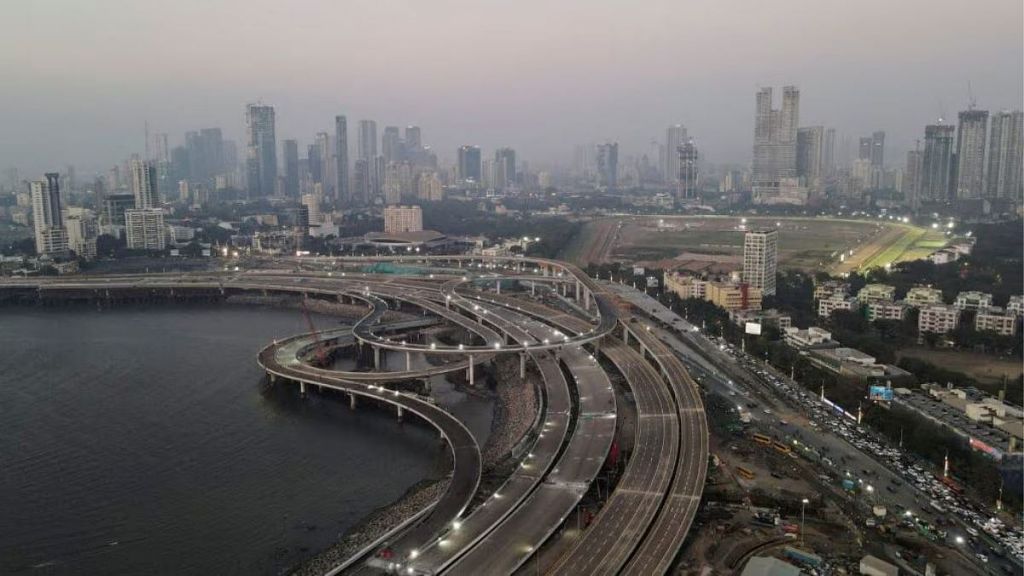
The BMC is exploring the potential for collaboration with private entities to develop and maintain open spaces along the Mumbai Coastal Road Project (MCRP). However, citizens have launched an online petition calling for a visionary transformation of the 70-hectare land parcel that surrounds this vital city artery.
The petition urges the civic body to establish dense forests filled with native tree species such as Peepal, Neem, and Banyan to protect Mumbai's coast. Out of the 111 hectares of land reclaimed from the sea for the MCRP, the BMC has earmarked 70 hectares for development. The ambitious plan includes the creation of a 7.5-kilometer continuous promenade along the coastline, complete with lush gardens, musical fountains, cycling tracks, and amphitheaters. This Marine Drive-like promenade, designed to stretch along the city’s coast, is expected to open to the public by May 2025. In addition, the BMC is seeking private partners to help develop the open space, with an estimated cost of Rs. 400 crores to be covered under Corporate Social Responsibility (CSR).
Meanwhile, the citizen group 'Save Our Coast Mumbai' has launched an online petition on Change.org, addressed to both the Central and State Governments as well as the BMC. The petition advocates for the creation of a much-needed green lung for the city, asserting that such a development could improve Mumbai's Air Quality Index (AQI) by at least 50-100 points.
The petitioners have put forward six key demands such as keep the coastal forest free from commercial exploitation, ensure transparent public consultation in planning decisions, follow ecological zoning principles that maximise community benefits, establish a citizen-government oversight committee for accountability, integrate the forest into Mumbai’s climate resilience strategy (MCAP) to improve air quality, prevent flooding, and enhance urban cooling and enact legal protections to prevent future encroachments.
Since its launch on Sunday, the petition has garnered 12,676 signatures. In their vision for the open space, citizens have proposed an east-west zoning plan. The eastern buffer would be developed as a “dense forest protecting residential areas,” while the western open space would be transformed into a “publicly accessible green area with native flora.” For the central forest, the petitioners have called for “walking trails lined with medicinal and fruit-bearing trees.”